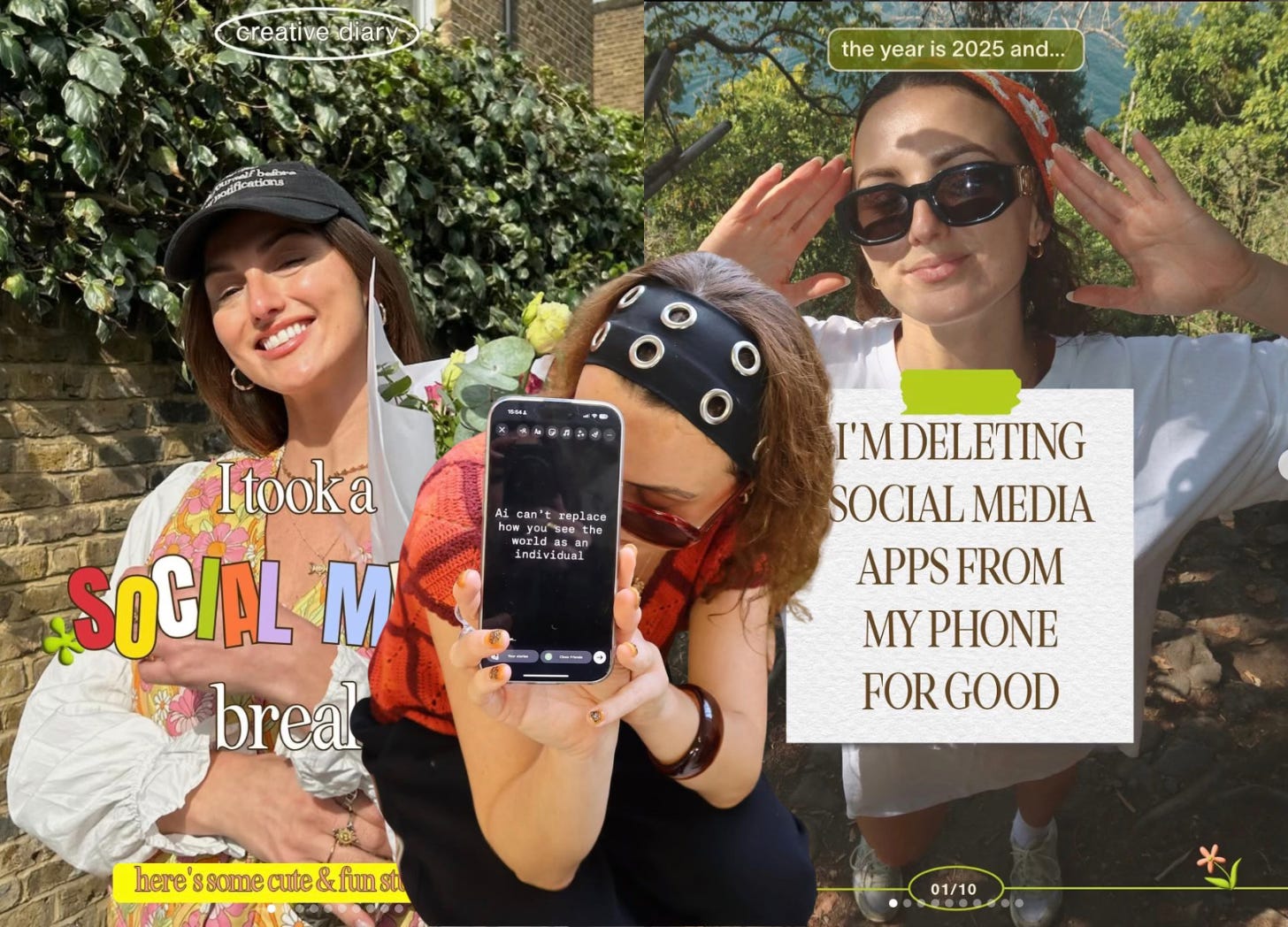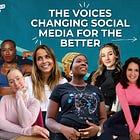“We’re more connected but we’re lonelier than ever”
How to disconnect from social media without losing touch
Daisy Morris, author and founder of The Self Hood, has built her career around helping people connect more meaningfully on and offline. At the heart of her philosophy is one clear message: be more social, less media.
She explains that when social media first emerged, we called them networks — connecting with friends, sharing snippets of daily life, staying in touch. But over time, it has shifted towards platforms — spaces where we perform, promote and perfect. “A platform implies a stage — it’s performative. Even when we think we’re being authentic online, there’s still a level of performance.”
The result? A generation of people who appear more connected, yet are lonelier than ever before.
Research from 2023 supports this too, discovering that one in three young people (aged 16–34) in the UK say they feel lonely at least once a week, despite three-quarters saying they have many friends.
Another of Daisy’s observations is about language — specifically, the word “user.” It’s a term we rarely question, but as she points out, it carries heavy connotations. “The only other context we use the word ‘user’ in is addiction — a drug user. That tells you everything you need to know about how these platforms are designed,” she says.
“We blame ourselves for scrolling too much or being distracted,” but as Daisy points out, “it’s not our fault — these systems are deliberately designed to keep us hooked.”
For Daisy, the antidote isn’t to abandon social media entirely but to use it as a bridge to real-life friendship. “Some of the best people I’ve met have been through social media,” she says, “but it’s about turning those digital interactions into something tangible — meeting for coffee, collaborating, creating something together.” It’s a call to move from scrolling to showing up.
That desire to help people take back control inspired her campaign “Check yourself before your notifications,” a reminder to connect with yourself, or with someone in real life, before reaching for your phone. The idea was born during the pandemic when Daisy’s own screen time reached unsustainable levels. She was working late, waking up to notifications, and rarely switching off. “I was so mentally and physically exhausted,” she recalls. “I was connected through screens but completely disconnected in real life.”
Related articles
The mantra is one that people still quote back to her years later and taps into the human need for real contact. “Social media gives us a synthetic connection,” she says. “It feels like we’re engaging, but it’s not the same as genuine human connection. We confuse the dopamine hits for real relationships.”
Daisy’s advice is to make “simple shifts like sleeping with your phone in another room, setting screen-free hours, or meeting someone in person instead of messaging. These can all help to rebuild attention, balance and connection.”
Her ideas also closely align with The Female Lead’s Disrupt Your Feed campaign. Our 2018 research with psychologist Dr Terri Apter found a clear link between the content teenage girls consume and their confidence and mental health. It proved that following authentic, inspiring role models online can boost self-belief and wellbeing.
Building on Daisy’s advice to prioritise real connection over digital interaction, curating your feed can also help make social media a more positive, supportive space — particularly when you follow people who inspire you in ways that translate offline, whether that’s through shared interests, creativity or collaboration.
Ultimately, Daisy’s work isn’t anti-social media, it’s pro-human. Her message is about balance, boundaries and awareness. Connection doesn’t happen on a screen; it’s something we build in person, through shared experiences and honest conversations.






